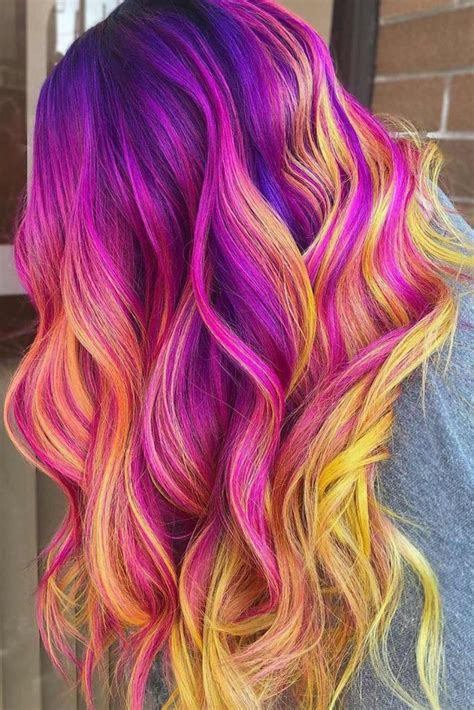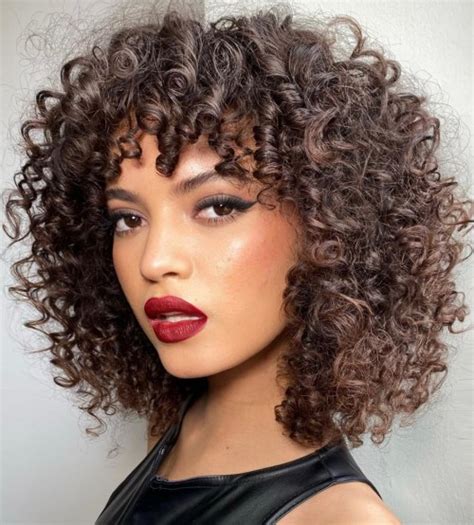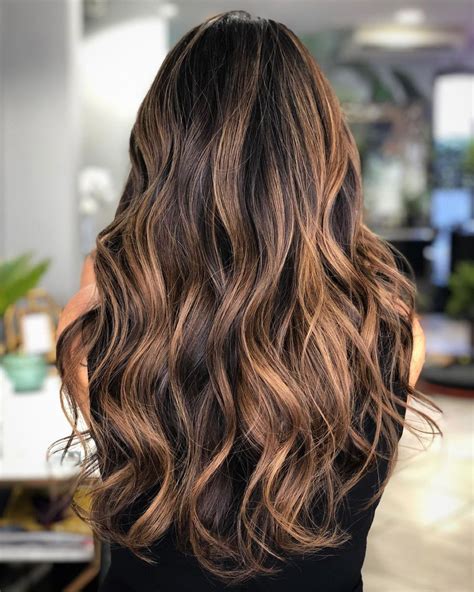Discover the benefits of tea tree oil for hair, hair mask recipes, dandruff treatment, precautions, and incorporating tea tree oil into your hair care routine. Optimizing hair health naturally!
Benefits of Tea Tree Oil for Hair
Contents
Tea tree oil is a natural essential oil that comes from the leaves of the tea tree plant. It has been used for centuries for its various medicinal properties, including its benefits for hair and scalp health. One of the key benefits of tea tree oil for hair is its ability to promote hair growth. The oil helps to unclog hair follicles and nourish the roots, which can lead to improved hair growth and thicker, fuller hair.
Another benefit of tea tree oil for hair is its ability to treat dandruff and dry scalp. The oil has natural antifungal and antibacterial properties that can help to reduce the symptoms of dandruff and soothe an itchy, flaky scalp. Using a tea tree oil shampoo or adding a few drops of the oil to your regular shampoo can help to combat these issues and improve the overall health of your scalp.
Additionally, tea tree oil is known for its ability to moisturize and nourish the hair and scalp. It can help to hydrate dry, damaged hair and promote a healthy scalp environment for optimal hair growth. The oil can also help to balance oil production, making it beneficial for both oily and dry hair types.
Furthermore, tea tree oil has been found to have antimicrobial properties, which can help to cleanse the scalp and prevent various scalp conditions such as lice and folliculitis. Regular use of tea tree oil can help to maintain a clean, healthy scalp and prevent common scalp issues.
Using Tea Tree Oil for Dandruff
Benefits of Tea Tree Oil for Hair
Tea tree oil is a popular natural remedy for dandruff because of its anti-fungal and anti-inflammatory properties. It helps to reduce the flakiness and itchiness associated with dandruff, making it a great alternative to chemical-laden dandruff shampoos.
When using tea tree oil for dandruff, it is important to dilute it with a carrier oil such as coconut oil or olive oil to avoid skin irritation. Mix a few drops of tea tree oil with the carrier oil and massage it into the scalp. Leave it on for at least 30 minutes before shampooing as usual.
Another way to incorporate tea tree oil into your dandruff treatment is by adding a few drops of it to your regular shampoo. This can help to enhance the anti-fungal properties of your shampoo and provide relief from dandruff.
It is important to note that tea tree oil can be quite strong, so it is recommended to do a patch test before using it on your scalp to check for any allergic reactions. Additionally, if you have sensitive skin, it is advisable to consult with a dermatologist before using tea tree oil for dandruff.
In conclusion, tea tree oil can be an effective and natural solution for dandruff, providing relief from itching and flaking. By using it in the right way and with the necessary precautions, you can experience the benefits of tea tree oil for dandruff without any adverse effects.
Tea Tree Oil Hair Mask Recipes
Tea tree oil has long been known for its numerous benefits for the hair and scalp. One of the most popular ways to incorporate this essential oil into your hair care routine is by using it in a hair mask. Tea tree oil hair masks can help to nourish the scalp, promote hair growth, and prevent dandruff. Plus, they’re easy to make at home using simple, natural ingredients.
If you’re dealing with dandruff or an itchy scalp, a tea tree oil hair mask can help to alleviate these issues. One recipe you can try is mixing 2-3 drops of tea tree oil with a carrier oil such as coconut or olive oil. Massage the mixture into your scalp and leave it on for 20-30 minutes before washing it out with shampoo. Doing this once or twice a week can help to reduce dandruff and soothe irritation.
For those looking to promote hair growth and strengthen their strands, a tea tree oil hair mask combined with egg whites can be beneficial. Simply mix 2-3 drops of tea tree oil with one beaten egg white and apply it to damp hair. Leave the mask on for 30 minutes before rinsing it out with cold water. This can help to improve the overall health of your hair and stimulate the scalp.
Another great option for a tea tree oil hair mask is one that focuses on moisturizing and conditioning the hair. You can create a hydrating mask by combining a few drops of tea tree oil with aloe vera gel and honey. Apply the mixture to your hair and leave it on for 20-30 minutes before washing it out with shampoo. This mask can help to add moisture and shine to your locks.
It’s important to note that while tea tree oil can offer many benefits for the hair, it should be used with caution. It’s highly potent, so it’s essential to dilute it with a carrier oil before applying it to the scalp or hair. Additionally, it’s always a good idea to do a patch test before using any new hair products to ensure you don’t have an adverse reaction.
Precautions When Using Tea Tree Oil
When using tea tree oil for hair care, it is important to exercise caution. While this essential oil has numerous benefits, it is also quite potent and can cause adverse reactions if not used correctly.
First and foremost, it is crucial to always dilute tea tree oil before applying it to your scalp or hair. Using it in its pure form can cause irritation and even burns. Make sure to mix a few drops of tea tree oil with a carrier oil, such as coconut or olive oil, before using it on your hair.
Additionally, it is important to perform a patch test before using tea tree oil on your scalp. This involves applying a small amount of diluted tea tree oil to a discreet area of your skin, such as the inner elbow, and waiting 24 hours to see if any reaction occurs. If you experience any redness, itching, or swelling, refrain from using tea tree oil on your hair.
Furthermore, it’s crucial to avoid getting tea tree oil in your eyes or mouth. This essential oil can cause irritation and should never come into contact with these sensitive areas of your body. If accidental exposure occurs, rinse thoroughly with water and seek medical attention if necessary.
Lastly, if you have any existing skin conditions or allergies, it is advisable to consult with a healthcare professional before using tea tree oil for hair care. Certain individuals may be more sensitive to this oil and could experience adverse reactions.
How to Incorporate Tea Tree Oil in Hair Care Routine
Tea tree oil is known for its numerous benefits for hair and scalp. It has antifungal, antibacterial, and anti-inflammatory properties, making it a great addition to your hair care routine. If you’re wondering how to incorporate tea tree oil into your hair care routine, here are a few ways to do it right.
One of the easiest ways to use tea tree oil in your hair care routine is by adding a few drops to your shampoo. Simply mix the tea tree oil with your regular shampoo and use it as you normally would. This can help to cleanse and purify your scalp, and prevent dandruff and other scalp issues.
Another way to use tea tree oil for your hair is by creating a hair mask. You can mix a few drops of tea tree oil with a carrier oil, such as coconut or jojoba oil, and apply it to your scalp and hair. Leave it on for a few hours or overnight, then wash it out. This can help to moisturize your scalp and hair, and promote healthy hair growth.
For those with an itchy or flaky scalp, tea tree oil can be used as a scalp treatment. Mix a few drops of tea tree oil with water and spray it onto your scalp. Massage it in and leave it on for a few minutes before washing it out. This can help to reduce itchiness and flakes, and keep your scalp healthy.
Lastly, you can also add a few drops of tea tree oil to your regular hair conditioner. This can help to nourish and soothe your scalp, and keep your hair looking healthy and shiny.











